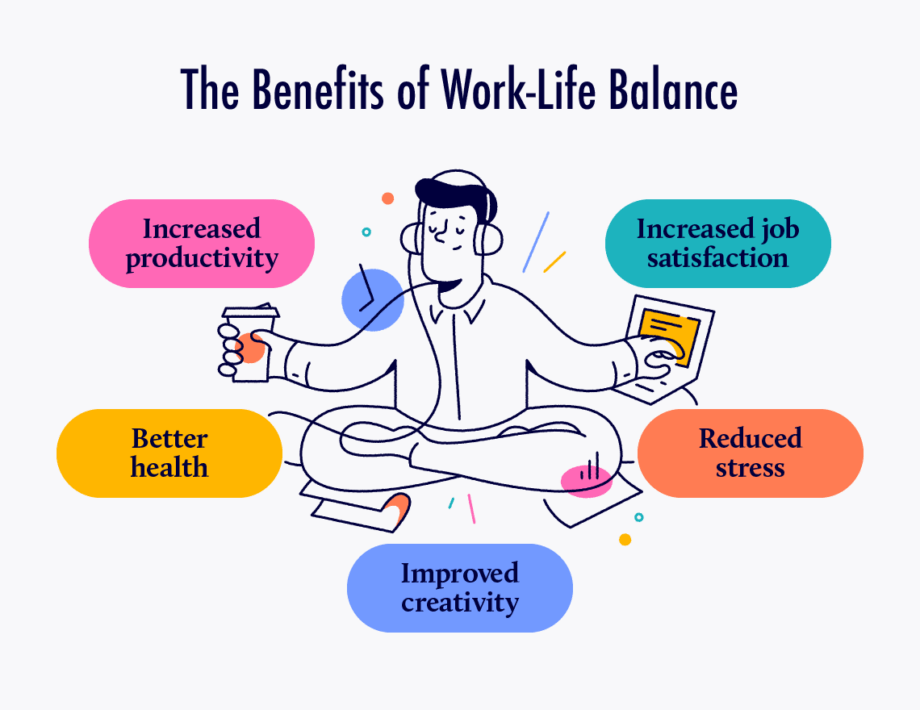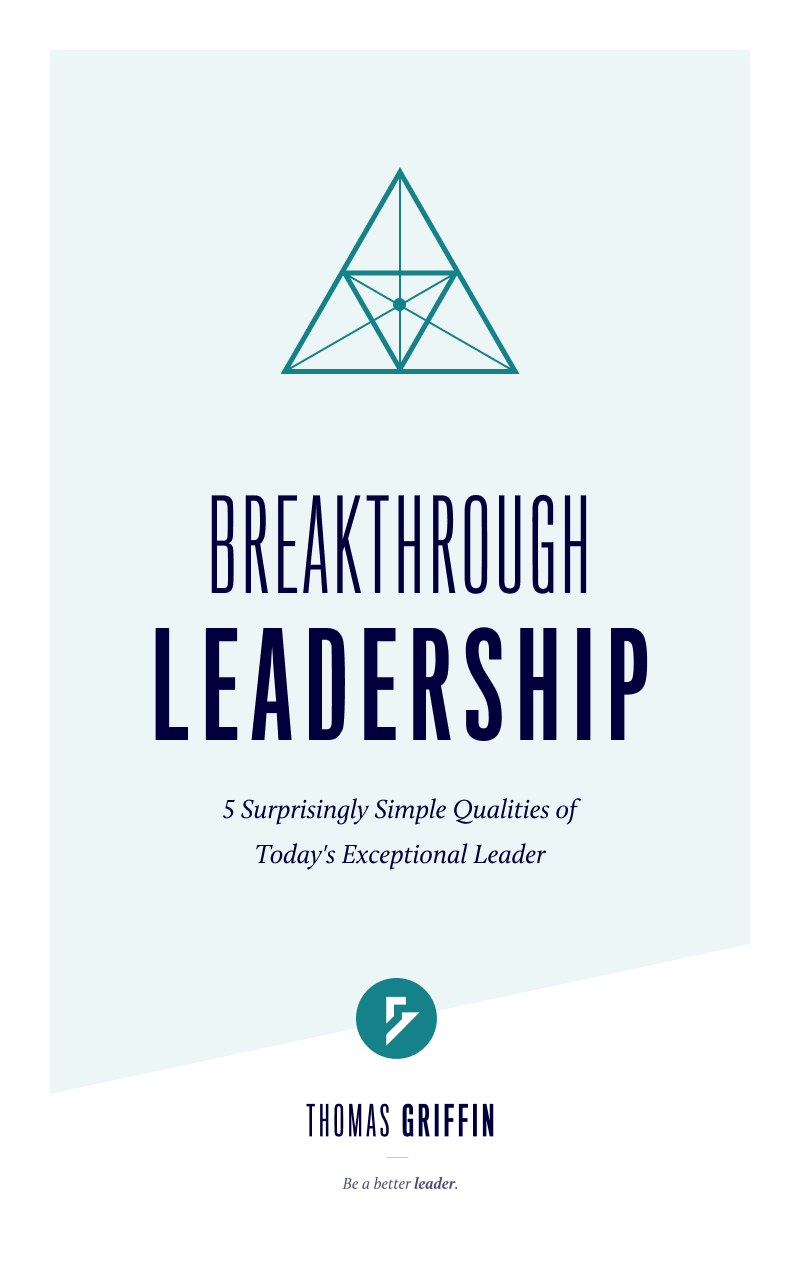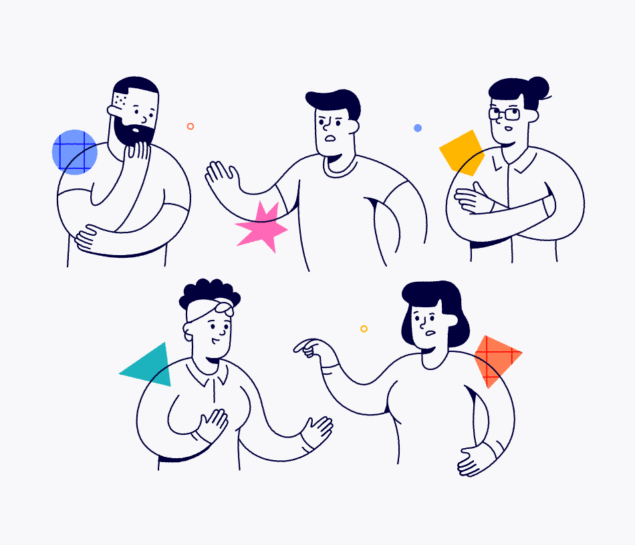Employees leave their jobs due to a lack of development opportunities, inadequate compensation, toxic culture and poor leadership. So what can leaders like you do to boost employee retention? Find out with these 18 essential strategies.
The year 2020 marked a dramatic shift in how people approach work.
They called it the “Great Resignation.”
But it didn’t stop there. The U.S. Bureau of Labor Statistics (BLS) reports that 2022 was a record-breaking year in job openings as more and more people quit their jobs — 50.6 million people, to be exact.
Employees quit their jobs en masse as they realized that purpose, work-life balance and health were undervalued in the workplace.
I already prioritize these core values at Awesome Motive because I believe that purpose and well-being inside and out of work fuel creativity and excellence at work.
In this post, I want to share 18 employee retention strategies that helped me create a happy, healthy workplace culture where team members feel empowered to do their best work as the best version of themselves.
Key Takeaways
- The BLS reports that 47.7 million people quit their jobs in 2021 and 50.6 million people quit their jobs in 2022.
- Retaining employees requires a multifaceted approach that prioritizes well-being, fulfillment and purpose.
- Become an example of the behavior you want to see to create a culture of loyalty, productivity and excellence.
Why People Quit
Did you know that pay isn’t the #1 reason employees quit?
It’s a lack of career development opportunities.
Don’t get me wrong — pay is important. But at the end of the day, people want to work at a place where they feel recognized, valued and supported.

How to Retain Employees
I genuinely don’t think “wanting to quit” is a person’s natural state.
Just the opposite, actually. People want to work. Why? It’s built into the fabric of our being. Growth, purpose, community, ambition, appreciation, security, satisfaction…you name it.
And all a successful leader needs to do to keep employees on board is fulfill a few of these basic needs.

Now that you know why people are quitting, let’s discuss how you can encourage your employees to stay.
1. Onboard for Success
Starting a new job can be as overwhelming as it is exciting.
That’s why your onboarding process is so important.
Give new hires a warm welcome, shower them with helpful resources and schedule regular check-ins over the first 90 days to ensure they are comfortable in their new role.
This helps new hires get the lay of the land while ensuring compatibility with company culture.
The first three months have the potential to set the stage for the years that follow.
2. Set up a Mentorship Program
Mentorship has played a vital role in the development of some of the greatest leaders in business — especially in tech.
Take Bill Gates, for example. His mentor, Warren Buffett, helped shape the framework on which he scaled Microsoft.
And while the “Oracle of Omaha” might not be loitering around your office, one of your team members may just have the special touch that can help your newest hire take your business to the next level.
Mentors should be approachable, open to sharing their experiences and genuinely invested in their mentees’ success.
The best part is that it works both ways. Mentorship programs can be invaluable in developing leadership skills, too.
3. Provide a Sense of Meaning and Belonging
The importance of feeling a sense of belonging and meaning in the workplace cannot be overstated.
Employees who feel connected to their work and the company’s mission statement are more likely to be engaged, productive and loyal.
Here are a few things you can do to cultivate a sense of community:
- Regularly communicate your organization’s mission and values
- Show how their work contributes to the organization’s overall success
- Host team-building events
- Facilitate interdepartmental (e.g., sales and product) collaboration
These strategies are the foundation of building a work environment where employees feel like they truly belong.
4. Offer Competitive Compensation and Benefits
Creating a competitive compensation and benefits package can be tricky.
On average, payroll accounts for 70% of a business’s total expenses. And while you might want to pay your team a million dollars each, it’s important to strike the right balance to help you attract top talent without breaking the bank.
Here are some questions to consider when setting employee compensation:
- Is your pay competitive with industry standards?
- Does your benefits package cater to employees’ needs?
- How does your organization support work-life balance?
- Are there any non-monetary options you can use to sweeten the deal?
- Do you have any performance-based incentives in place?
Answering these questions can help you build a package that is both attractive to top talent and sustainable for your business.
5. Create Career Growth Opportunities
Growth is an inherent aspect of life that permeates every living being and experience. And work is no different.
Investing in professional development can help employees unlock their full potential and contribute more effectively to the success of the company as a whole.
Here are some ways to create career growth opportunities within your organization:
- Establish clear career paths: Outline potential progression routes within the company and provide employees with a roadmap for advancement.
- Invest in training and development: Offer workshops, seminars or online courses to help employees learn new skills and grow professionally.
- Encourage job shadowing and cross-training: Allow employees to gain insight into different roles and departments by shadowing colleagues or participating in cross-training programs.
- Offer “stretch” assignments: Encourage employees to take on challenging projects outside their typical responsibilities.
- Implement leadership development programs: Create programs that specifically target leadership skill development.
The drive to grow is fueled by curiosity, ambition and the quest for meaning.
Nurture it, and it’ll pay compounding dividends.
6. Present Flexible Work Arrangements
Being confined to a traditional 9-to-5 work schedule can be tough.
With today’s tech, most people can work from anywhere, at any time, as long as they have the right tools and support in place.
That’s why flexibility has become more and more popular in the modern workplace.
Some flexible work arrangements might include:
- Late start Mondays or early release Fridays
- Pet-friendly offices
- Gym time or meditation classes
- Work-from-home opportunities
- Long lunches
Allowing your employees to work in a way that suits their needs can create a more motivated, productive and engaged team.
7. Foster a Remote Community
The rise of remote work has presented unique challenges in nurturing community and connection among team members.
By creating a virtual space for communication, you can allow employees to connect with one another in low-pressure water cooler-esque situations.
Here are some ideas to help foster a remote community:
- Host online game nights, happy hours or coffee breaks to encourage social interaction and bonding among team members.
- Utilize project management and communication tools like Asana and Slack to facilitate collaboration and information sharing among team members.
- Encourage remote employees to share updates, ideas and feedback through various communication channels.
- Plan occasional in-person gatherings, such as team retreats or regional meetups, to help remote employees connect with their colleagues.
Creating a supportive remote community requires effort from everyone involved, but the payoff is well worth it.
8. Cultivate a Welcoming Company Culture
Positivity is contagious, and employees who feel valued, respected and supported radiate positivity.
Promote a culture that celebrates accomplishments, encourages teamwork and fosters trust and confidence through open communication.
You can create a welcoming environment for new and current employees by:
- Emphasizing your organization’s mission statement and values. Don’t just repeat it back to them, either. Show them exactly how their work contributes to the bigger picture.
- Fostering inclusivity. Create opportunities for employees to collaborate with and learn from employees with different backgrounds and specialties.
- Creating opportunities for social interaction. Encourage brief coffee chats and cross-departmental team-building activities. A healthy amount of social interaction boosts team camaraderie and company unity.
- Providing support and assistance. Employees should feel comfortable coming to you for assistance. Let them know you’re happy to address their questions and concerns and be supportive when they have them.
- Taking the time to introduce new employees. Starting at a new company is already scary enough. Help new employees settle in by introducing them to other team members, even those that they may not work with directly.
When employees are happy and feel a sense of belonging, their positivity spreads, creating a vibrant and dynamic workplace that attracts and retains top talent.

9. Implement Recognition and Rewards Programs
Bad leaders don’t recognize or reward hard work.
In fact, bad leaders are one of the top reasons employees pack their bags. People leave people, not jobs.
It’s shocking because recognition is so easy and costs you nothing.
A simple “thank you” or “good job” can have a huge impact on a team member’s morale. Say it often, and be genuine.
Those dopamine hits energize your employees.
Before you know it, the whole office will transform into a positivity machine working to outdo one another in showing honor, respect and praise.
10. Facilitate Consistent 360-Degree Feedback
Employees want to know how they’re performing, and a regular feedback loop can provide valuable insights on improving their work.
360-degree feedback is a process in which an employee receives feedback from multiple sources, including superiors, peers and subordinates.
360-degree feedback can:
- Promote a culture of open communication and transparency
- Increase employee engagement and satisfaction
- Reduce the likelihood of biases or unfair evaluations
- Encourage self-awareness and personal growth
Unlike traditional feedback, which is often limited to feedback from a single manager or supervisor, 360-degree feedback helps organizations gain a more comprehensive understanding of their employees’ strengths and weaknesses, and it gives employees a more comprehensive understanding of themselves. A win-win!
This helps build targeted development plans and places employees in roles in which they’ll excel, leading to greater satisfaction and, in turn, lower attrition.
11. Invest in Leadership Development Programs
Effective leaders are the backbone of successful organizations.
Just like any other skill, leadership abilities can be developed and strengthened through focused training.
Here are some common types of leadership development programs and what they entail:
| Executive coaching | One-on-one coaching sessions with an experienced coach to help leaders develop specific skills and behaviors |
| Mentoring programs | Pairing less experienced leaders with seasoned mentors to provide guidance and support |
| Leadership training workshops | Training sessions focused on developing key leadership competencies such as communication, team-building and problem-solving |
| Leadership assessment and feedback | Using various assessment tools and feedback mechanisms to identify strengths and areas for improvement in leadership skills |
| Action learning programs | Encouraging leaders to take on real-world challenges in a structured, supportive environment to apply and develop their skills |
12. Provide Opportunities for Collaboration
As they say, there’s no “I” in “team.”
Collaboration builds trust, camaraderie and, most importantly, genuine relationships.
Whether you’re organizing brainstorming sessions, hackathons, team outings or promoting cross-training to help employees learn new skills, inter- and intradepartmental activities can profoundly impact the organization.
Not only do they help team members form fulfilling relationships, but they also help them feel like they’re part of something bigger.
Plus, who knows the major problems that will be solved when multiple departments collaborate on solutions together.
13. Promote a Work-Life Balance
Finding the right work-life balance can be challenging for many people.
The constant juggling between work, family and personal life can be exhausting.
It’s essential not just to acknowledge that your employees have lives outside of work but to support them in finding a healthy balance.
Here are a few things you can do to help:
- Encourage, or even require regular breaks
- Offer flexible working hours or remote work options
- Provide paid time off, parental leave or sabbaticals
- Respect employees’ out-of-office hours
- Promote healthy habits in the workplace
Hard work and a healthy life are not mutually exclusive.
In fact, you may even find that employees who feel fulfilled and healthy outside of work are even more motivated and productive during office hours.

14. Help employees find purpose in what they do
At the end of the day, we all want to feel like we’re making a difference.
We want to know that our work matters and has a purpose beyond just paying the bills.
As a leader, it’s your job to help your employees find purpose in what they do.
Here are some ways you can help:
- Share your organization’s mission and values frequently to help employees understand the bigger picture and how their work fits into it.
- Connect employees’ work to the company’s overall success by regularly highlighting how their contributions impact the organization’s goals.
- Provide opportunities for employees to take on meaningful projects that align with their interests and strengths.
- Organize volunteer events, donation drives or charity programs that align with the company’s values and mission.
Employees who feel a sense of purpose are more likely to be engaged and productive and less likely to experience burnout or job dissatisfaction.
After all, no one wants to feel like they’re giving nearly 25% of their life to a job with no purpose.
15. Invest in Tech That Boosts Efficiency
You love efficiency. Your employees love efficiency. We all love it.
That’s why your employees deserve the best tools to help them get their jobs done accurately and efficiently.
Imagine this — you’re tasked with pulling numbers from large data sets. Yet every time you use the employer-provided software, it crashes. How frustrating!
Now imagine how your employees would feel if this was their everyday reality.
If fault technology consistently hinders your employee’s work, it’s only a matter of time before they start looking for work elsewhere.
An investment in better technology is an investment in your employees.
16. Support Continuous Learning
Do your employees want to learn a new skill? Do they want to go back to school? Are they interested in a certification course?
The answer is yes. You don’t even need to ask.
As an employer, you have the unique opportunity to develop your employees so that they grow and become more effective and productive. This often happens through a formal education program, mentorship or an online certification course.
Consider offering schedule flexibility, financial assistance or incentives that encourage your employees to learn new skills and hone their abilities.
In the same way that employees are willing to stay with companies that invest in their career development, they’ll stay with companies that invest in their learning.
17. Take Notice of Your Employees
I’ll let you in on a little secret. Humans want to be noticed, especially by their leaders.
You have the power to make an incredible impact in someone’s workday using just your words. Make it a point to notice the work of your employees, and I promise they’ll feel greater pride in their work and a desire to continuously improve.
Even if it’s a simple conversation in passing, letting your employees know that you appreciate them can go a long way.
There’s incredible power in this simple sentiment: “I notice, and you matter.”
18. Be Kind and Supportive
Mark Twain said, “Kindness is a language which the deaf can hear and the blind can see.”
It’s a universal gesture that’s simple and scalable.
Remember when I said positivity is contagious? I really mean it.
Here are some ways you can personally have a positive impact on your employees every single day:
- Treat your employees with honor and respect.
- Be genuine and transparent in your own communication.
- Take responsibility when something goes wrong.
- Recognize your employees for their hard work.
- Set high standards for yourself and your work.
You can create a culture of excellence by modeling the behavior you want to see.
10 Benefits of Employee Retention
The cycle of losing and hiring employees is exhausting. And with such a competitive job market, retaining your employees is more important (and more difficult) than ever before.
So remember: When you’re making culture shifts or investing more time and money in your employees, you’re investing in your company’s success.
As I wrap this article up, let me briefly share 10 benefits of high employee retention.
- Increases productivity.
- Saves valuable time and resources on recruiting.
- Improves customer satisfaction.
- Enhances team collaboration.
- Reduces workflow disruptions.
- Preserves institutional knowledge. This is huge!
- Boosts employer reputation.
- Amplifies team morale.
- Encourages engagement.
- Leads to long-term success.
To fostering a positive work culture,
Thomas







Leave a Reply